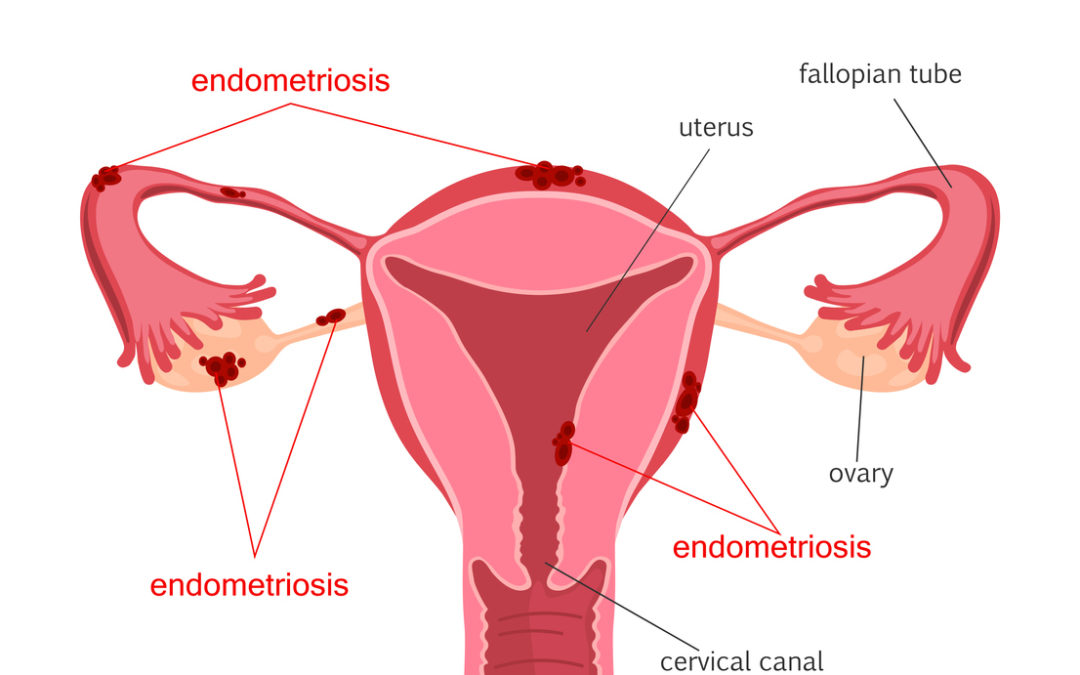I am diagnosed with Endometriosis
I first and foremost want to commend your tireless efforts in health promotion and advocacy in Nigeria. I watched some of your television appearances last week in Abuja including listening to you live on a radio programme. I have also read many news stories that quoted you. Your Daily Trust Tuesday Column is a must […]

I first and foremost want to commend your tireless efforts in health promotion and advocacy in Nigeria. I watched some of your television appearances last week in Abuja including listening to you live on a radio programme. I have also read many news stories that quoted you. Your Daily Trust Tuesday Column is a must read for me and my family. I was recently diagnosed of endometriosis and underwent surgery. I wish to know more about it.
Folake X.
Thanks, Folake for your question and kind words. We remain humbly committed to this work. Let me start by talking a bit about the ‘Endometrium’ which is the tissue that lines the inside of the womb (uterus). “Endometriosis is a condition where endometrial tissue is found outside the uterus. It is ‘trapped’ in the pelvic area and lower tummy (abdomen) and, rarely, in other areas in the body.”
Who gets endometriosis?
The exact number of women who develop endometriosis is not known. This is because many women have endometriosis without symptoms, or with mild symptoms, and are never diagnosed. Investigations to diagnose endometriosis are only done if symptoms become troublesome and are not eased by initial treatments. Endometriosis can affect any woman. However sometimes it runs in families.
What causes endometriosis?
The exact cause is not known. It is thought that some cells from the womb (uterus) lining (the endometrium) gets outside the uterus into the pelvic area. They get there by spilling backwards along the fallopian tubes when one has a period (menses).
The ‘spilt’ endometrial cells then continue to survive next to the uterus, ovary, bladder, bowel, or fallopian tube. The cells respond to the female hormone oestrogen, just like the lining of the uterus does each month. Throughout each month the cells multiply and swell, and then break down as if ready to be shed at the time of your period. However, because they are trapped inside the pelvic area, they cannot escape. They form patches of tissue called endometriosis.
What are the symptoms of endometriosis?
- 1. Painful periods; the pain typically begins a few days before the period and usually lasts the whole of the period.
- 2. Painful sexual intercourse.
- 3. Pain in the lower abdomen and pelvic area.
- 4. Other menstrual symptoms may occur, for example, bleeding in between periods.
- 5. Difficulty becoming pregnant (reduced fertility).
- 6. Uncommon symptoms include pain on passing poo (faeces), pain in the lower tummy (abdomen) when one passes urine, and, very rarely, blood in the urine or faeces.
How is the diagnosis of endometriosis confirmed?
The symptoms caused by endometriosis can be caused by other conditions. Therefore, if any of the above symptoms become persistent then tests are usually advised to find the cause of the symptoms.
Endometriosis is usually confirmed by a laparoscopy. This is a small operation that involves making a small cut, under anaesthetic, in the tummy (abdominal) wall below the tummy button (umbilicus). A thin telescope-like instrument (a laparoscope) is pushed through the skin to look inside. Patches of endometriosis can be seen by the doctor.
How does endometriosis progress?
- 1. If endometriosis is left untreated, it becomes worse in about 4 in 10 cases. It gets better without treatment in about 3 in 10 cases. For the rest, it stays about the same.
- 2. Endometriosis is not a cancerous condition.
- 3. Complications sometimes occur in women with severe untreated endometriosis. For example, large patches of endometriosis can sometimes cause a blockage (obstruction) of the bowel or of the tube from the kidney to the bladder (the ureter).
Treatment options
- 1. Not treating as an option; if symptoms are mild and fertility is not an issue, then one may not want any treatment. In about 3 in 10 cases, endometriosis clears and symptoms go without any treatment.
- 2. Painkillers for endometriosis; Paracetamol taken during periods may be all that one needs if symptoms are mild.
- 3. Anti-inflammatory painkillers may be better than paracetamol.
- 4. Other options are hormone treatment or surgery for endometriosis.
